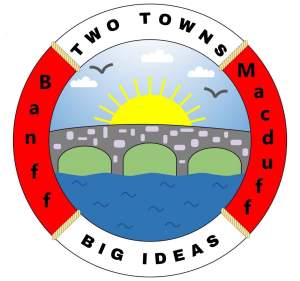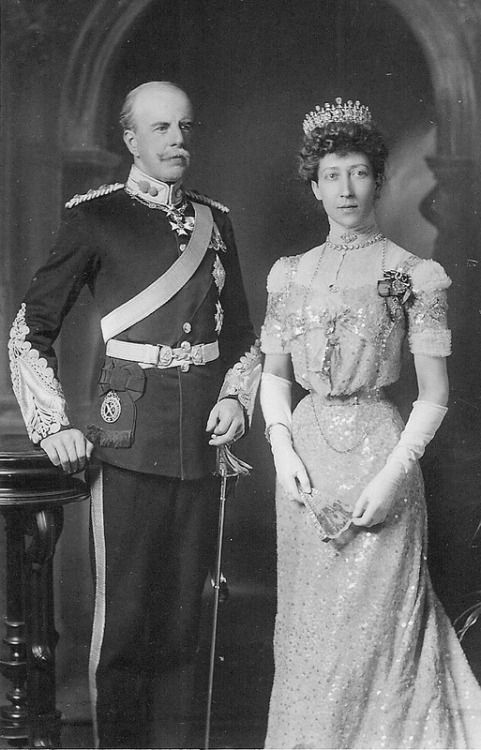The sixth Earl Fife, Alexander, by 1883 was the third largest landholder in Scotland. The 1880s was the time of the Great Depression of British agriculture, following a fall in grain prices with the opening up of the American prairies after their civil war, and the development of cheap shipping on the new steam driven ships. Alexander treated his tenants with every consideration, and started a policy of selling small holdings to the occupying tenants. At a meeting in Banff in 1890 he explained his theory:
“there should be a considerable number of small estates side by side with larger ones, which will not only tend to create an element of greater stability in the country, but also do away with the idea which once prevailed, that land is the peculiar appanage of one class, instead of being, as it should be, a purchasable commodity within the reach of all”.
And so he lived up to his theory. He sold numerous smallholdings generally to their existing tenants, but also sold off some of the larger estates. A few – certainly not all – of these are listed below; places many people will know or at least heard of:
Skene – the gatehouse and House you see as you drive west from Westhill – leased then sold to the Hamilton family;
Innes – the House and estate between Spey Bay and Lossiemouth, now a wedding venue, sold to the Tennant family who’s fifth generation still own and care for it;
Rothiemay – to the Forbes, who made many improvements; but after several sales the house cum castle was demolished in 1964;
Auchintoul – near Aberchirder – originally owned by Alexander Gordon who founded the town as Foggieloan;
Glenbuchat Castle and Estate – to the Barclays. The Castle itself is now in Historic Scotland care and some of the estate is owned by a foreign company;
Eden – south of Banff on the east side of River Deveron; a ruined castle with the estate sold off in parts;
Glenrinnes – southwest of Dufftown – now with a successful distillery;
Aberlour – again in the heart of whisky country;
Blairmore – near Glass west of Huntly; the House used to be a private school, now home to a Christian organisation.
And locally of course, the 6th Earl Fife, who was made the 1st Duke of Fife, stuck to his stated theory when in 1907 he left the Duff House estate to the people of Banff and Macduff, and hence as part of the Common Good, now in the care of Aberdeenshire Council!

